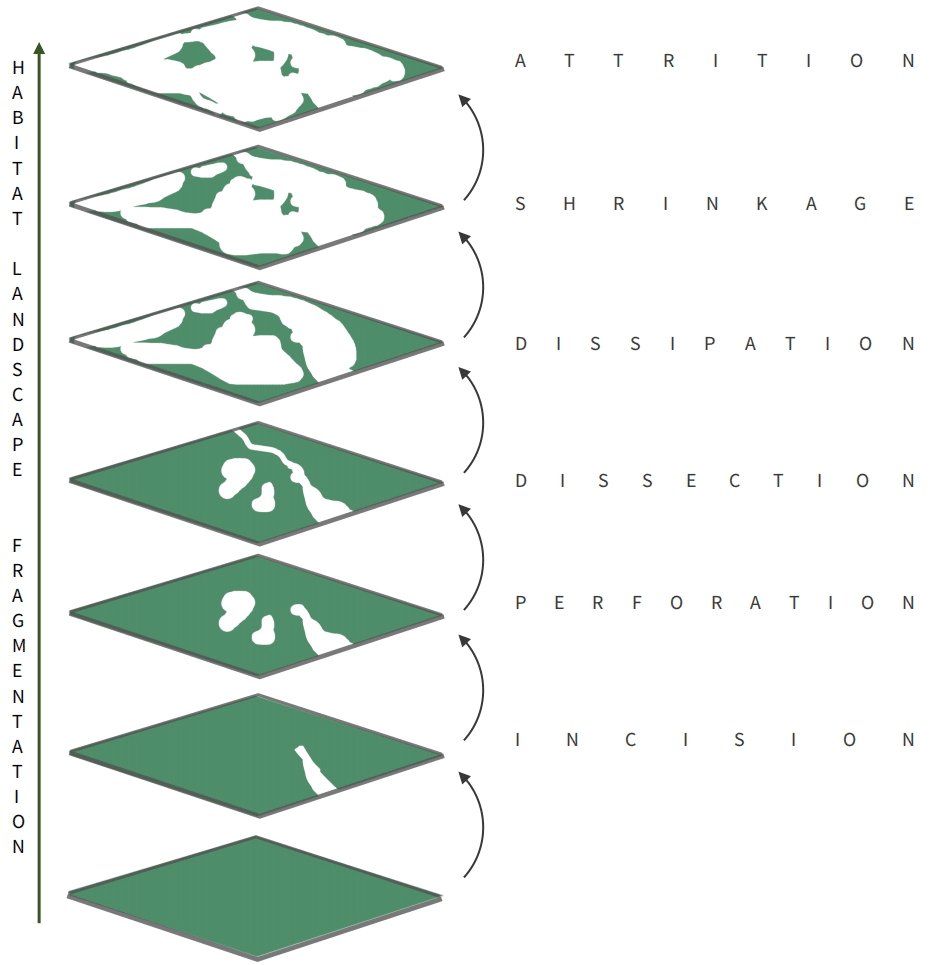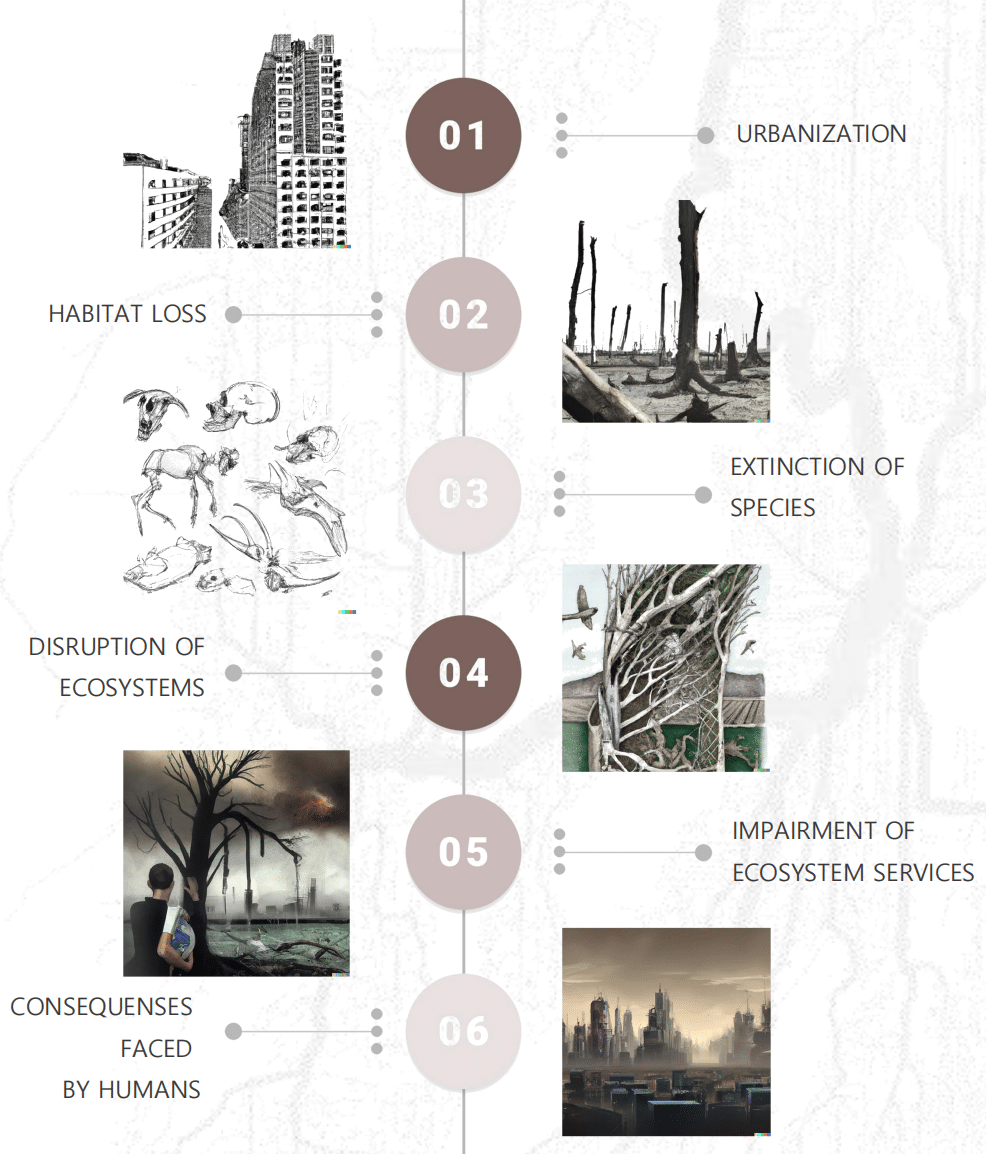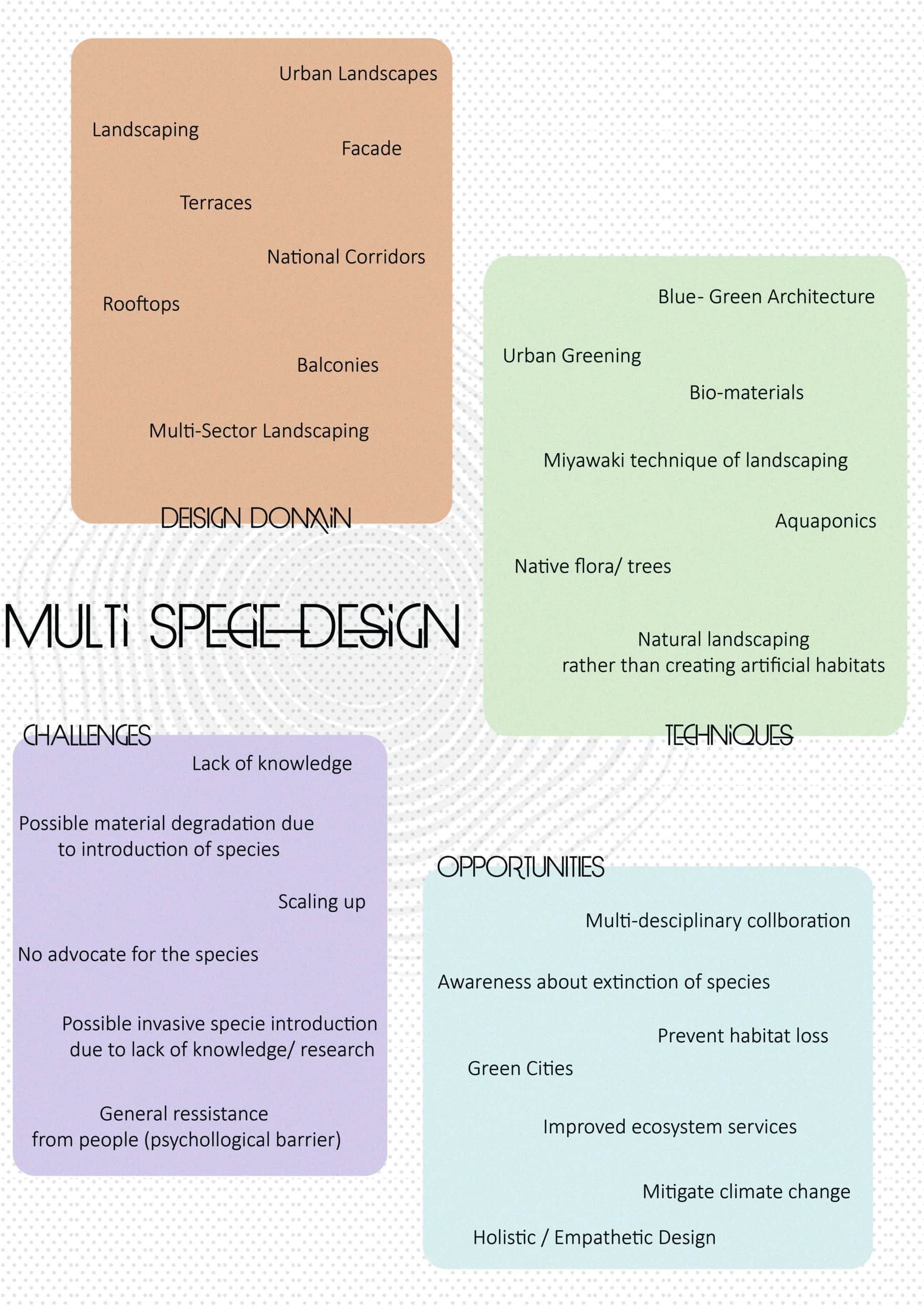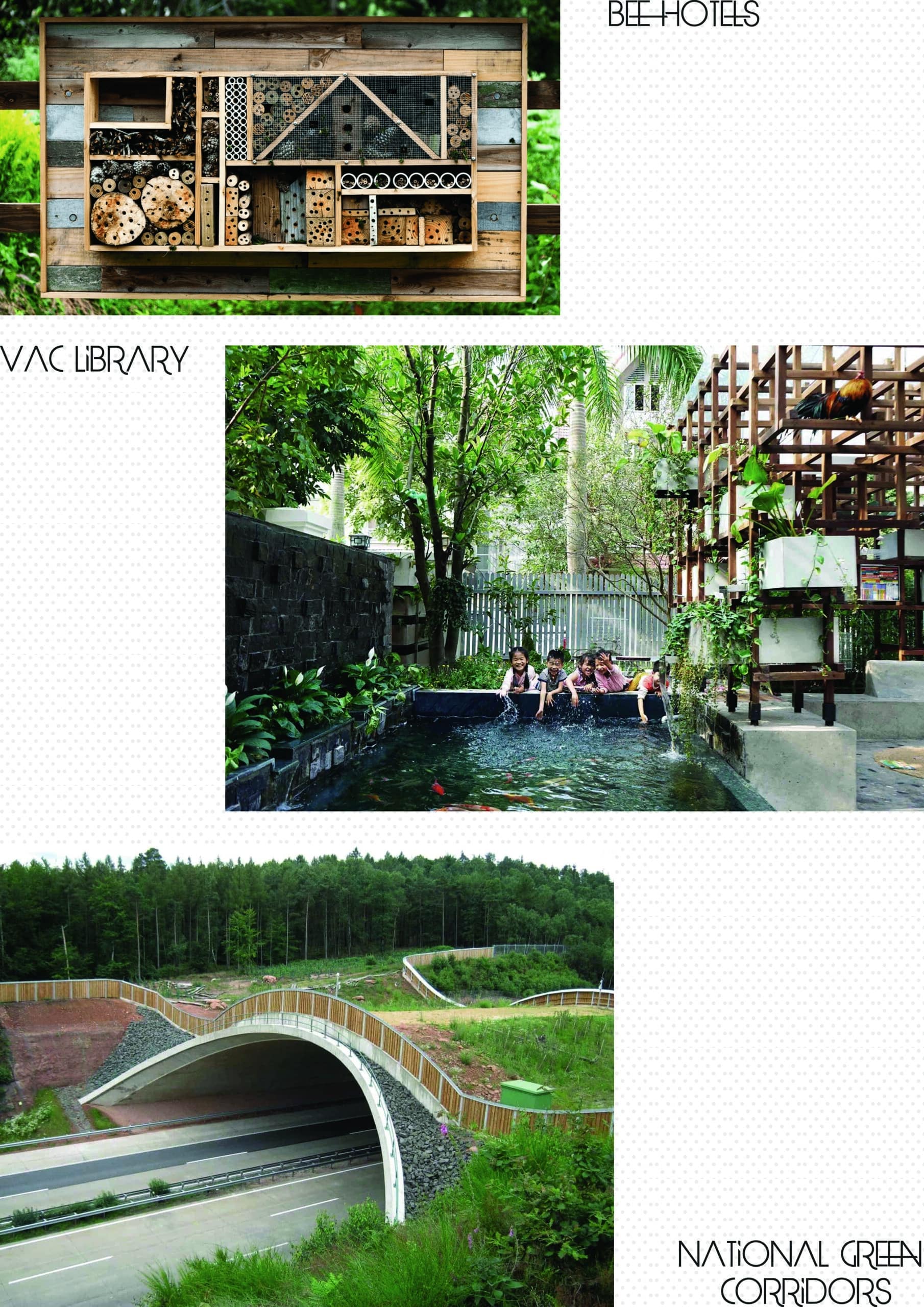The Gaia theory suggests that Earth functions as a self-regulating organism. Whether we consider humans an integral part of this system or a disruptive force, we must acknowledge that our actions have caused significant harm to the planet. As architect Tadao Ando stated, “We borrow from nature the land upon which we build.” This idea underscores the reality that urbanization is one of the leading causes of habitat fragmentation, degradation, and destruction.

Why Multi-Specie Design?
A philosophy of multi-species design can help reverse habitat destruction by creating ecological corridors throughout cities. At a broader scale, urban design can function as a living system that supports diverse species, enhancing biodiversity, habitat quality, and ecosystem services—each of which plays a crucial role in mitigating climate change. While the most sustainable approach would be to minimize our impact on nature altogether, development is inevitable. Therefore, we must strive to design with greater empathy and ecological awareness to counteract the damage we have already done.

Decoding Multi-Species Design

The web of Multi-Species Design
Multispecies design complements fields like ecological design, bio-design, vernacular architecture, climate adaptation/mitigation, and urban greening by centering nonhuman life as co-inhabitants and co-creators. It shares ecological design’s systems thinking, bio-design’s use of living matter, and vernacular architecture’s place-based wisdom, but adds an ethical focus on the agency and well-being of other species. In climate strategy, it emphasizes adaptation that benefits entire ecosystems, not just humans. In urban greening, it fosters rich, functional habitats that support biodiversity. By creating healthier, more resilient environments, multispecies design ultimately benefits humans too—enhancing air and water quality, food security, climate resilience, and emotional well-being through deeper connections to the natural world.
Multispecies design is like the ethical and relational nervous system running through the above mentioned fields. It asks:
- Who else is here?
- Who gets to live, thrive, move, or co-create in this space?
- How can design redistribute care across species boundaries?
It complements and deepens each of these practices by centering nonhuman lives not as objects, but as collaborators.
Precedents
Multispecies design functions across scales, from the micro-level of material and organismal interaction—such as bee hotels that support pollinator habitats and biodiversity—to the meso-scale of architecture and community spaces like the VAC Library, which integrates human and nonhuman needs, and up to macro-scale interventions like national green corridors that enable species migration and ecological connectivity across regions, descaling habitat fragmentation/ degradation.


